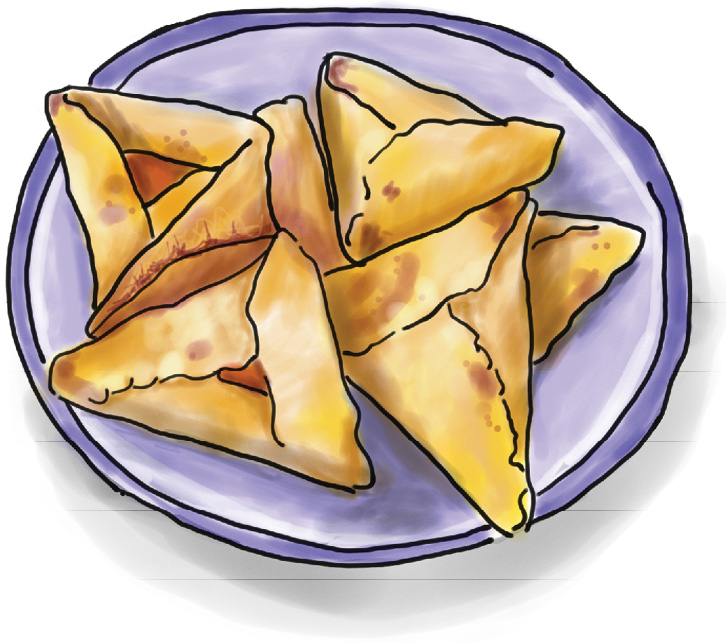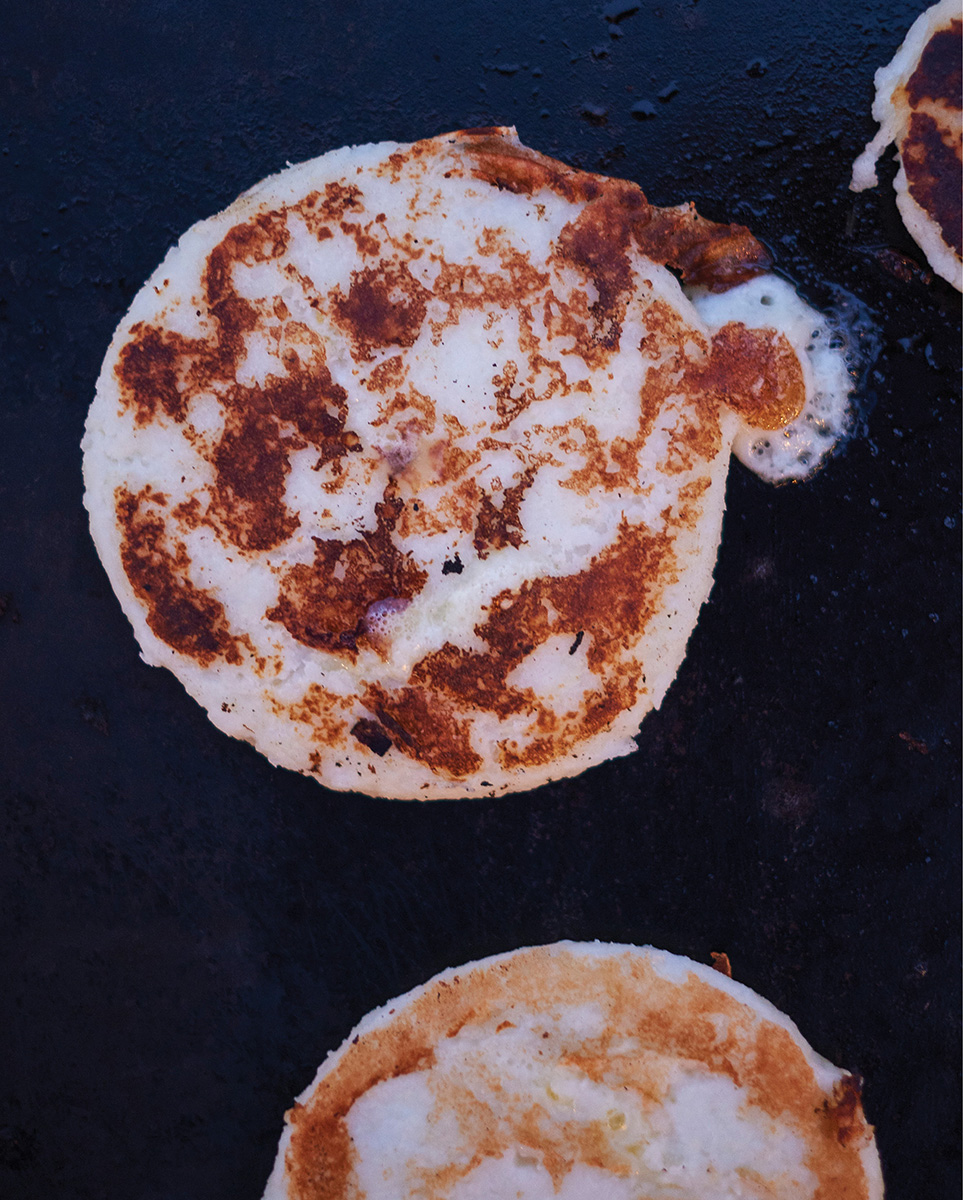
Stephen Kanhai
GEORGETOWN PATTIES
10
GUYANA
Georgetown Patties was a happy but brief 2017 experiment for Institute of Culinary Education–trained professional chef Stephen Kanhai, in which he first tried his hand at making and selling the street foods he nostalgically recalled from his childhood in Guyana to a diverse New York public at the Queens Night Market. When Stephen was offered an executive chef position at a well-known nonprofit that summer, however, he felt he could not refuse the opportunity, and that was the end of Georgetown Patties—for the time being. . . . Although Stephen hasn’t made Guyanese food for the public since then, sticking with dependable catering and chef jobs in hopes of soon supporting a family with his wife, he is constantly developing his skills and deepening his understanding of his homeland’s cuisine. Georgetown Patties was just the appetizer—Stephen hopes to eventually serve New York City a whole Guyanese-inspired culinary experience such as it has never tasted before. We can’t wait.

“My name is Stephen Kanhai. I’m originally from Guyana. I came over here in 2001 at the age of eleven, straight to New York City—Queens—and I’ve been living in Queens ever since.
From a young age I loved food. I enjoyed being in the kitchen: You know, the typical watching your grandmother or your mother prepare a meal—sneaking in, stealing something from the pot or the oven—that typical experience. I enjoyed eating a lot, you know: I was a very chubby child, still am a chubby adult. I really loved food. Coming over here to America, I watched Food Network. That was my favorite network to watch—you know, Emeril, Wolfgang Puck. As much as sports, I enjoyed watching food programs.
I wasn’t the best student. When you’re, like, ‘fresh off the boat,’ as people would say, it was tough. You know: You spoke differently, so you would be the center of attention, and you get picked on a lot. So it was a lot of that. You had to become tough. Sometimes I would cut school and come home to watch Food Network or whatever’s on PBS. There was this Italian lady who made Italian food. That was always my interest, watching all the Food Network shows. And it just continued.
I went to LaGuardia Community College after I graduated Hillcrest High School—in the top ten as the worst high school in New York City, because of gang violence and crimes. I was gonna become a teacher, but I really didn’t enjoy that as much as I thought I would. So I eventually went to culinary school at ICE—the Institute of Culinary Education—and it was the most beautiful experience I’d ever had up until that time. I enjoyed everything about it: putting on the chef coat and using knives, learning about techniques. I was fascinated. I did a lot of externships, too, working in professional settings, and being exposed to that was amazing. The only problem I had with culinary school was that it was too short!
I really believe in, you know, ‘bloom where you’re planted,’ so I did my externship at a restaurant called Quaint in Sunnyside, Queens, because I wanted to represent Queens, as well. It was really wonderful. I made their pastries; I prepped; I worked on the line; and I remember the first time I made something—I think it was an apple tart—and I made it. When it went out to the customer, I put a scoop of ice cream on top of it, and a little bit of caramel sauce, and seeing the customer eat it was the most amazing thing I ever experienced. It was like: Wow.
Right after that, I wanted to get into catering. So I moved on to a huge commissary kitchen—a lot of production going on there. I did a lot of events. I saw how the industry was: It was really tough. Most of the kitchen staff were from immigrant communities, most of them from Mexico. I thought I knew what hard work was till I saw them. Most of them just work in the kitchen and would go home to a small room, so their whole thing was working as hard as possible to send home money for their families and all that. And that taught me a valuable lesson. Seeing that just opened my eyes that this is much more than just cooking to them—it’s not just a passion.
“I REALLY BELIEVE IN, YOU KNOW, ‘BLOOM WHERE YOU’RE PLANTED.’”
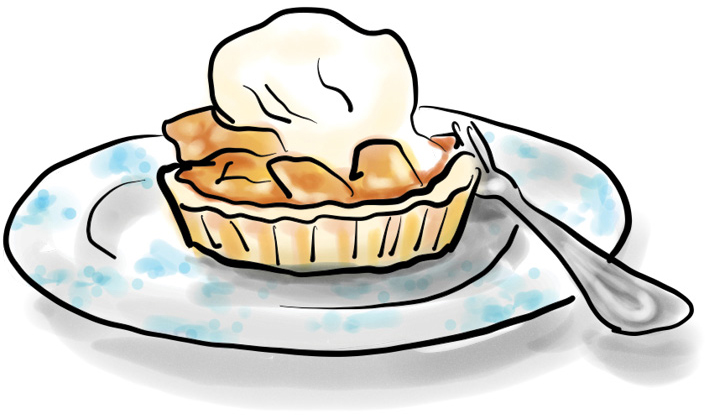
They would tell me their stories and I’d hardly understand, but you could tell there was a lot of real feelings behind them. I learned my work ethic from these Mexican cooks and chefs. It was something I needed; it gave me a jolt—to not just look for the glamorous parts of the food industry, but to respect the craft as well. Because many of them are craftsmen: They work so hard, they’re so diligent, and they pay attention to the details. And that was very important. I didn’t realize all these things. While I was in culinary school, it seemed more glamorous. You didn’t see the hard work that went into it.”
GUYANESE BEEF
PATTIES
Butter is hard to come by in Guyana, so Guyanese pastries often use lard or margarine. Stephen reverse-engineered this beef patty recipe to re-create the taste he loved from his childhood, but he uses butter instead of lard or margarine. He feels this imparts a better flavor and yields a flakier crust. There are a lot of beef patties in Caribbean cuisine, but one thing impossible to replicate in Guyanese beef patties is the tangy, fruity, hard-to-describe taste of wiri wiri chile peppers (or Guyanese peppers), unique to Guyana. We hope you manage to procure some for this recipe.
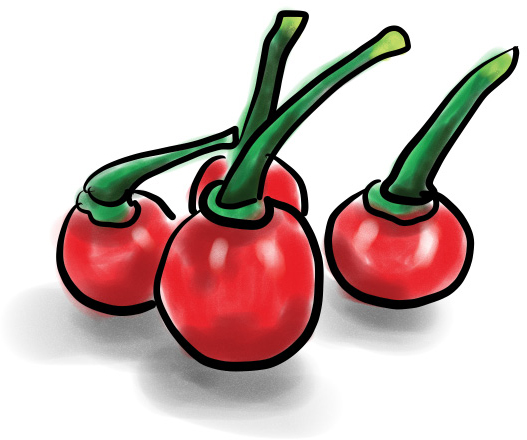
Makes 12 patties
PASTRY DOUGH
2½ cups (315 g) all-purpose flour, plus extra for rolling
1 teaspoon salt
1 teaspoon granulated sugar
1 cup (240 g) cold unsalted butter, cut into ½-inch (13 mm) cubes
¼ cup (60 ml) ice water, plus 1 or 2 tablespoons more, if needed
1 egg
FILLING
2 tablespoons vegetable oil
1 medium yellow onion, chopped
1 wiri wiri chile* (or ½ Scotch bonnet chile), chopped
6 garlic cloves, minced
2 tablespoons fresh thyme, chopped
1 pound (455 g) ground beef (80 percent lean)
2 tablespoons tomato paste
1 tablespoon paprika
1 tablespoon brown sugar
1 tablespoon salt
1 teaspoon ground black pepper
EGG WASH
1 egg, whisked with 1 teaspoon water

1. To make the pastry dough, pour the flour, salt, and granulated sugar into a food processor and pulse a few times to mix.
2. Add half of the butter and pulse several times. Add the remaining butter and pulse 6 to 8 times, until the largest chunks of butter are pea-sized.
3. Add the ice water (with no ice) and the egg to the mixture and pulse once or twice. Add more ice water 1 tablespoon at a time between pulses until the dough just barely holds together but is still crumbly. Pinch a small amount between your fingers to test: When it just holds together, it is ready.

4. Transfer the dough onto a dry, flat surface. Gather it into a pile and divide into 2 equal mounds. Carefully knead each mound into a disk that just barely holds together without cracks. Be careful not to over-knead, which leads to a tough crust. You should see specks of butter sprinkled throughout the dough, which is a good thing.
5. Sprinkle each disk with flour, wrap with plastic wrap, and place in the refrigerator for 1 hour or up to 2 days.
6. Remove 1 disk from the refrigerator and let it rest for 5 to 10 minutes to soften. Roll out to ¼-inch (6 mm) thickness. Using a 4-inch round cutter, cut out six 4-inch (10 cm) circles, and return to the refrigerator. Repeat with the second disk.
7. Preheat the oven to 350°F (180°C). Line a baking sheet with parchment paper.
8. To make the filling, heat the oil in a large skillet over medium-low heat and sauté the onion and chile until softened, about 4 minutes. Add the garlic and thyme and cook until the garlic has softened, for about 4 minutes.
9. Add the beef, tomato paste, paprika, brown sugar, salt, and pepper, and cook on medium heat until the beef is cooked through, about 4 minutes. Remove from the heat and let cool to room temperature.
10. To make the patties, take the dough circles out of the refrigerator and add about 3 tablespoons filling to the center of each circle. Fold the dough over the filling into a half-moon shape and seal by pressing the edges together with the tines of a fork.
11. Brush each patty with the egg wash. Bake on the lined baking sheet for 15 minutes, or until golden brown. Remove from the oven and serve warm or at room temperature.
* Wiri wiri chiles can be hard to find outside Guyana. Check out your West Indian or South American store, or go online. Rehydrating dried wiri wiri chiles is also an option.
GUYANESE
PINE TARTS
These pine (pineapple) tarts bear some resemblance to apple pie, but unlike with the beef patties, there’s no real Caribbean or South American equivalent of the Guyanese pine tart. Stephen fondly remembers picking up fresh, warm tarts in Georgetown to enjoy with music on the long ride home to his village. According to Stephen, most Guyanese pine tarts in the US are made with canned pineapple, so do yourself a favor and use fresh pineapple for this recipe.
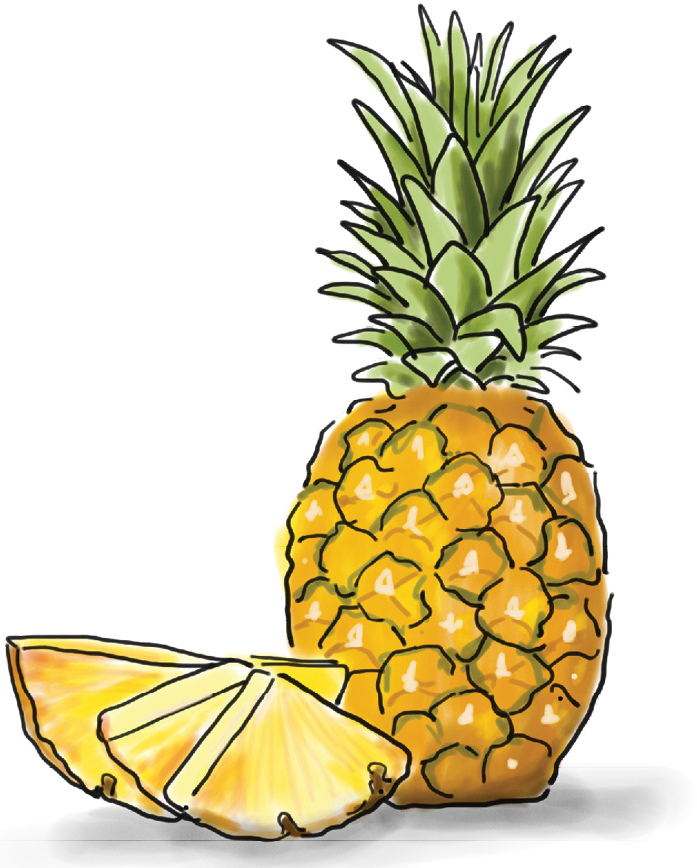
Makes 12 tarts
1 pound (455 g) peeled and cored fresh pineapple, diced into ½-inch (13 mm) cubes (about 3 cups)
¼ cup (60 ml) fresh lemon juice
½ cup (100 g) packed light brown sugar
3 tablespoons granulated sugar
2 tablespoons dark brown sugar
1 teaspoon vanilla extract
½ teaspoon ground cinnamon
¼ teaspoon ground nutmeg
1 batch Pastry Dough, rolled into dough circles and refrigerated
1 egg, whisked with 1 teaspoon water
1. Combine the pineapple, lemon juice, sugars, vanilla, cinnamon, and nutmeg in a saucepan over medium-low heat and cook until the pineapple is soft and nearly translucent, about 15 minutes. Transfer to an uncovered container and refrigerate for 1 hour.
2. Preheat the oven to 350°F (180°C). Line a baking sheet with parchment paper.
3. Take the dough circles out of the refrigerator and add about 3 tablespoons filling to the center of each circle. Take a point at the edge of the dough circle and fold over the filling so that the edge stops just shy of the center of the filling. Repeat twice around the edge of the circle to create a triangular tart, leaving a small portion of the filling in the center uncovered. Each fold will slightly overlap the previous fold.

4. Brush each tart with the egg wash. Bake on the lined baking sheet for 15 minutes, or until golden brown. Remove from the oven and serve warm or cool.
